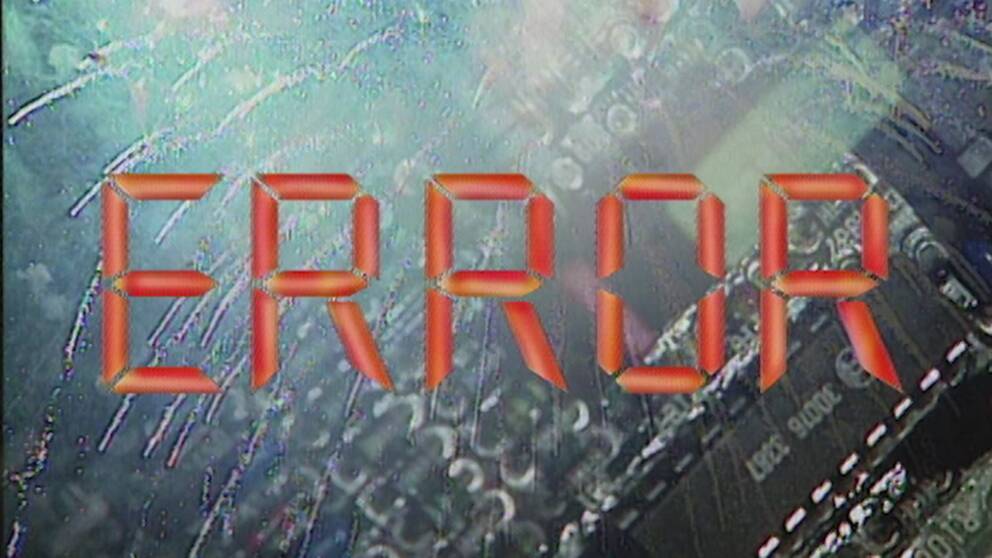The browser is not supported
SVT does not support playback in your browser. We therefore recommend that you switch to another browser.
Learn more about browser support
You need JavaScript enabled in your browser to view this video.
The Millennium bug was painted as a system-critical threat that could pose major problems. Photo: SVTThe problem does not arise until January 19, 2038. But just like the millennium bug, it risks creating complications in modern computers if it is not rectified in time.
Time count in unix computersThe 2038 issue specifically concerns Unix computers that use 32-bit processors. That is, a relatively common type of computer found in most servers on the Internet today.
Namely, Unix computers count the time in seconds from the first of January 1970. Processors that work with 32 bit word width can only handle a certain amount of data. More specifically, it is about 2 147 483 647 seconds.
If you count 2 147 483 647 seconds from the first January 1970 you end on 19 January 2038.
When the processor reaches its maximum capacity, the timing jumps back in time - and that is why this is the very problem that arises. As with the millennium bug, any confusion of time can create unforeseen bugs.
"Quite a long time left"But how worried should one be?
- Now it is quite a long time to 2038 so we can solve it, says Måns Jonasson at the Internet Foundation.
New computers often use 64-bit processors, and the same problem does not occur. Many have already started replacing the hardware, and more will be able to do so in the next 18 years.
- But maybe we sit there on New Year's Eve 2037 and say that "we should have fixed it sooner", says Måns Jonasson.

